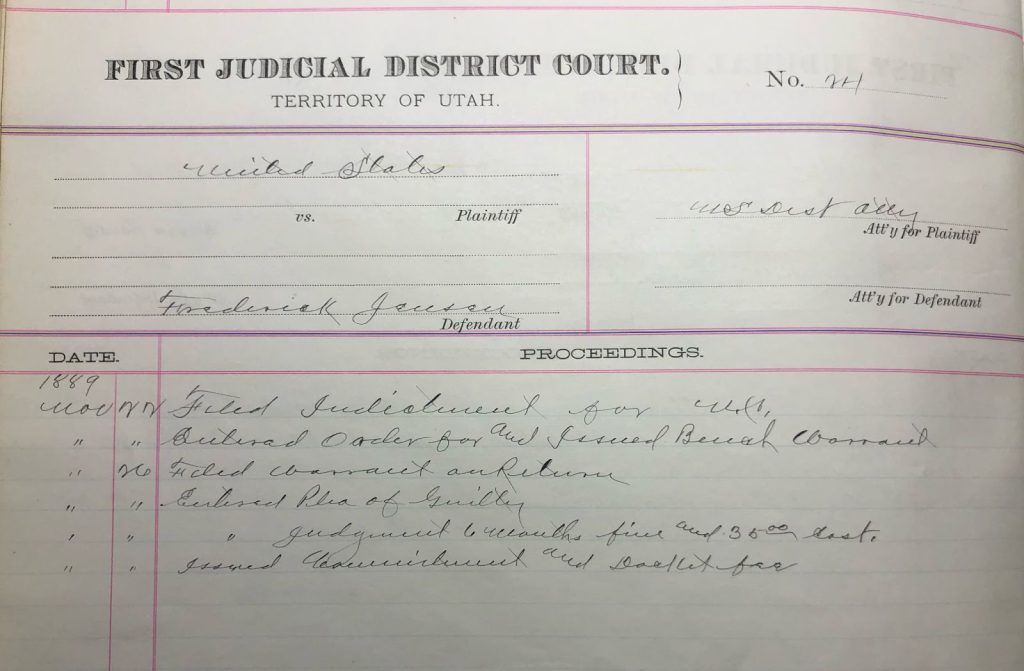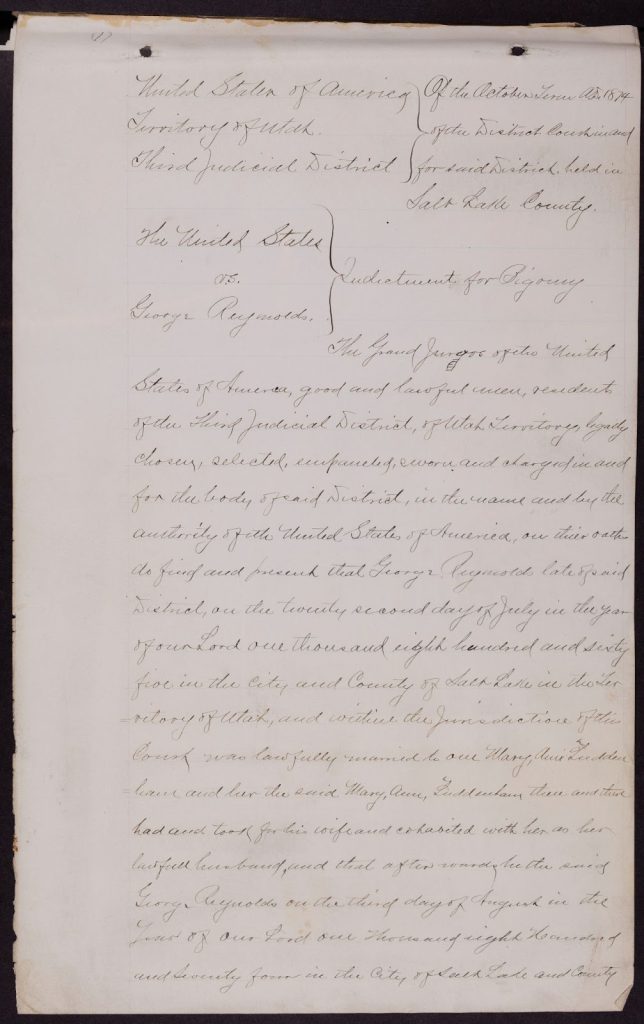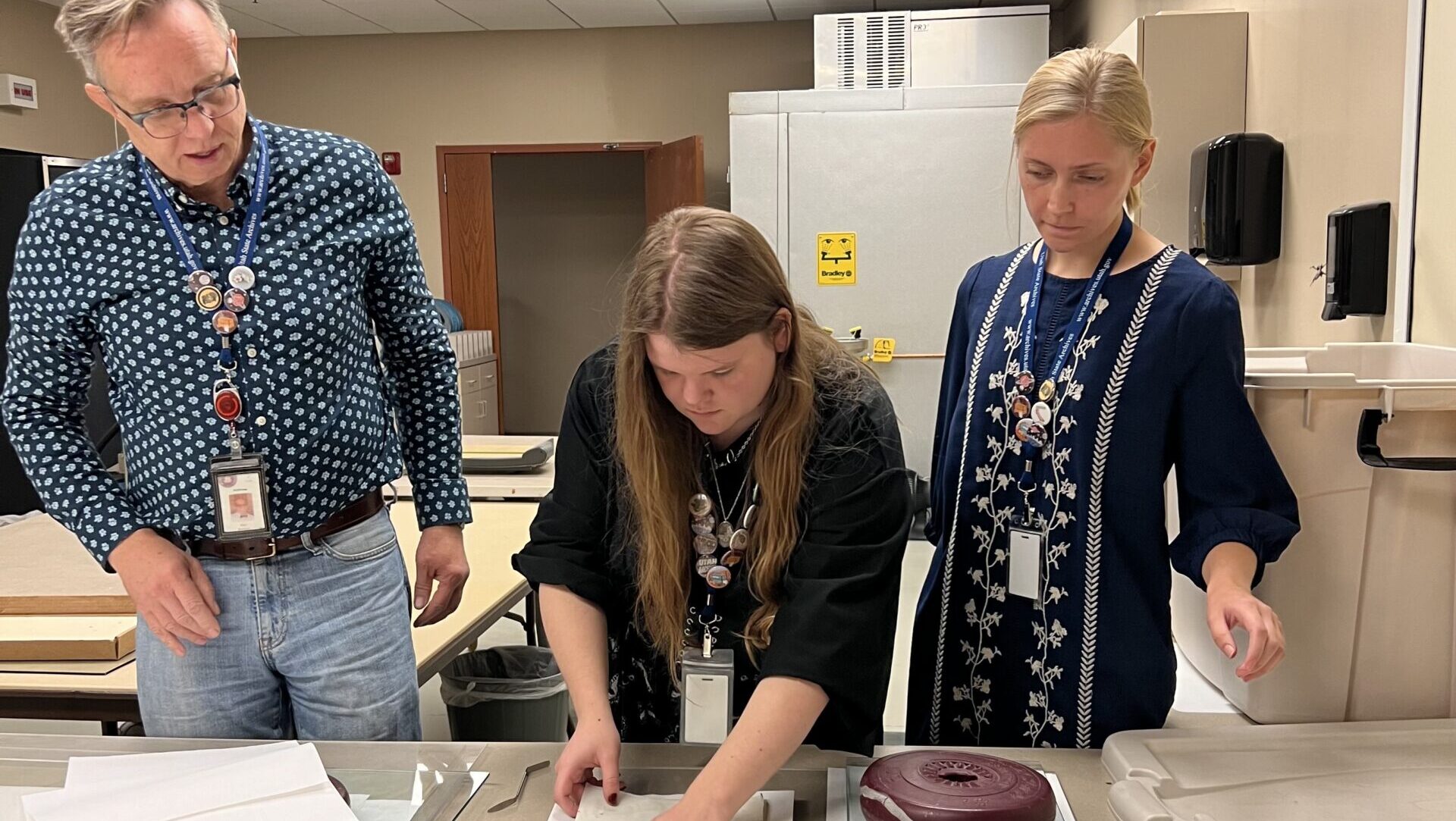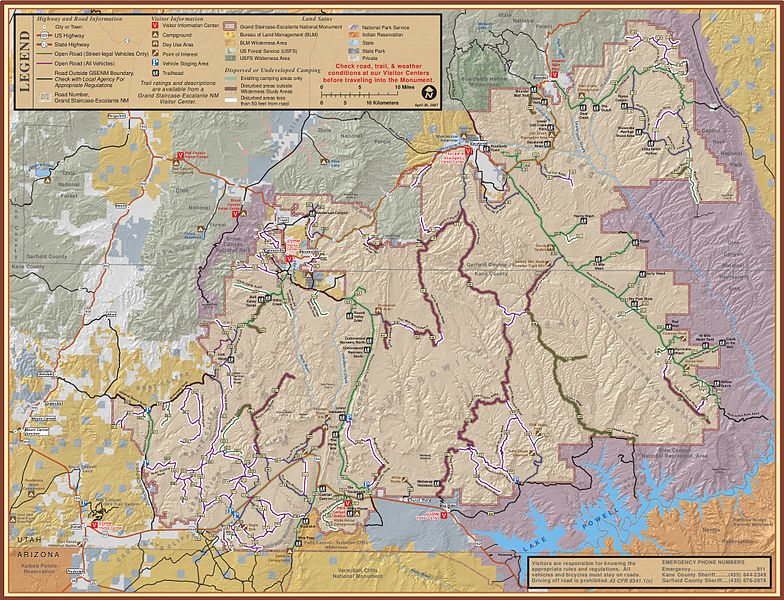
Utah’s Road to Statehood: The Obstacle of Polygamy
In the last post, we explored the political obstacles that prevented Utah from becoming a state until 1896. There was another large obstacle that made Congress wary of giving Utah statehood: polygamy. Polygamy started in April of 1841 when Joseph Smith married his first plural wife. By the time the Latter-Day Saints moved from Nauvoo, Illinois, to the Salt Lake Valley, about 10% of the population practiced polygamy.
Flourishing Polygamy in Utah
Once in the Salt Lake Valley, the Latter-Day Saints proposed the State of Deseret to Congress, who countered with the Utah Territory. Once the territory was established, they felt free to live the principle of polygamy in the open. Brigham Young, leader of the Church of Jesus Christ of Latter-day Saints and the first Territorial Governor, decided to announce the practice publicly at a General Conference of the church on August 29, 1852.
Now that the Latter-Day Saints felt no need to hide their religious marriage practices, polygamy flourished. Statistics are varied on how many Latter-Day Saints practiced plural marriage, with the lowest at 20% and the highest statistic at 40%. The two men with the highest number of wives were Brigham Young, who married 55 women, and Heber C. Kimball, who married 43 women. However, the majority of families who practiced only had two wives.
Polygamy and politics were closely intertwined from the start. The federal government was opposed to the practice of polygamy and refused to make Utah a state while it was still being practiced. As a territory, the governor and judges were all federally appointed. But if they were a state, the population could elect their own governor and judges who would be sympathetic to the cause of polygamy and wouldn’t prosecute it to the fullest extent.
Federal Prosecution of Polygamy
The Republican Party famously had a platform against polygamy, saying, “It is the duty of Congress to prohibit in the territories those twin relics of barbarism, polygamy and slavery.” With the Civil War over, the Republican party turned its attention to Utah. They made the first attempt to pass a bill that would limit polygamy in 1870. The Cullom Bill passed the House on March 23, 1870. It would have expanded the governor’s jurisdiction to appoint not only judges but sheriffs and notaries too. Believers in plural marriage, the religious term for polygamy, would not be allowed to serve on a jury, though wives could be called on to testify against their husbands. However, the bill never reached the Senate, giving Latter-day Saints hope that their lifestyle would not be found illegal.

The judges who were federally appointed cracked down on polygamy. The most prominent judge was Judge McKean, who attempted to convict Brigham Young of bigamy. However, the U S Supreme Court found the jury selection unlawful, and the case was dismissed.
With the case against their church leader dismissed and the Cullom Bill not passing, the Latter-Day Saints were feeling optimistic. However, they wanted to know with a surety where they stood legally. George Reynolds, Brigham Young’s personal secretary and husband to three women, was offered up as a test case in 1874. They were certain that convicting him of bigamy would violate the first amendment, which allows for freedom of religion. In the first trial, Reynolds was convicted, but the Utah Supreme Court overturned the case due to unlawful jury selection. Reynolds was retried, and convicted again. The Utah Supreme Court upheld this ruling, and the case went to the US Supreme Court. Reynolds’ conviction was upheld and he was sentenced to two years in prison and a fine of five hundred dollars.

In 1882, the Edmunds Act made cohabitation unlawful, disenfranchised polygamists, and made it impossible for polygamists to hold public offices or serve on a jury. The Act invalidated all Utah voter registration and immediately vacated all public offices to ensure that polygamists weren’t serving. The Utah Commission was established and given authority over elections to ensure that the Edmunds Act would be carried out.

In 1887 the Edmunds-Tucker Act was passed. It additionally took away female suffrage and threatened to allow the federal government to seize all Church property, including temples. The act disincorporated the Church, required wives to testify against their husbands, replaced local judges, and required an anti-polygamy oath for voters, jurors, and public officials.

End of Polygamy
By 1890, polygamy was dying a natural death. Records indicate that there were equal numbers of women and men in the territory, and with some men taking three or more wives there would not be enough women to sustain the practice. This consideration, along with the federal prosecution of polygamy, and now the Edmunds-Tucker Act, caused the leader of the Church, Wilford Woodruff to issue a manifesto in 1890 that ended the practice of plural marriage in the Church.
After the manifesto there were no more obstacles on the road to statehood, and in 1896, Utah was admitted to the Union as a state. It had taken seven attempts to become a state, and our next blog post will describe each of these seven attempts.
Sources:
Foster, Lawrence. “Polygamy and the Frontier: Mormon Women in Early Utah.” Utah Historical Quarterly 50, no. 3 (Summer 1982): 268-289. https://collections.lib.utah.edu/details?id=422895
Lyman, Edward Leo. Finally Statehood! Utah’s Struggles. Salt Lake City: Signature Books, 2019.
White, Jean Bickmore. “Prelude to Statehood: Coming Together in the 1890’s.” Utah Historical Quarterly 62, no. 4 (Fall 1994): 300-315. https://collections.lib.utah.edu/details?id=422244
Wolfinger, Henry J. “A reexamination of the Woodruff Manifesto in the Light of Utah Constitutional History.” Utah Historical Quarterly 39, no. 4 (Fall 1971): 328-349.https://issuu.com/utah10/docs/uhq_volume39_1971_number4
Recent Posts
Authors
Categories
- Digital Archives/
- Electronic Records/
- Finding Aids/
- General Retention Schedules/
- GRAMA/
- Guidelines/
- History/
- Legislative Updates/
- News and Events/
- Open Government/
- Records Access/
- Records Management/
- Records Officer Spotlights/
- Research/
- Research Guides/
- State Records Committee/
- Training/
- Uncategorized/
- Utah State Historical Records Advisory Board/




